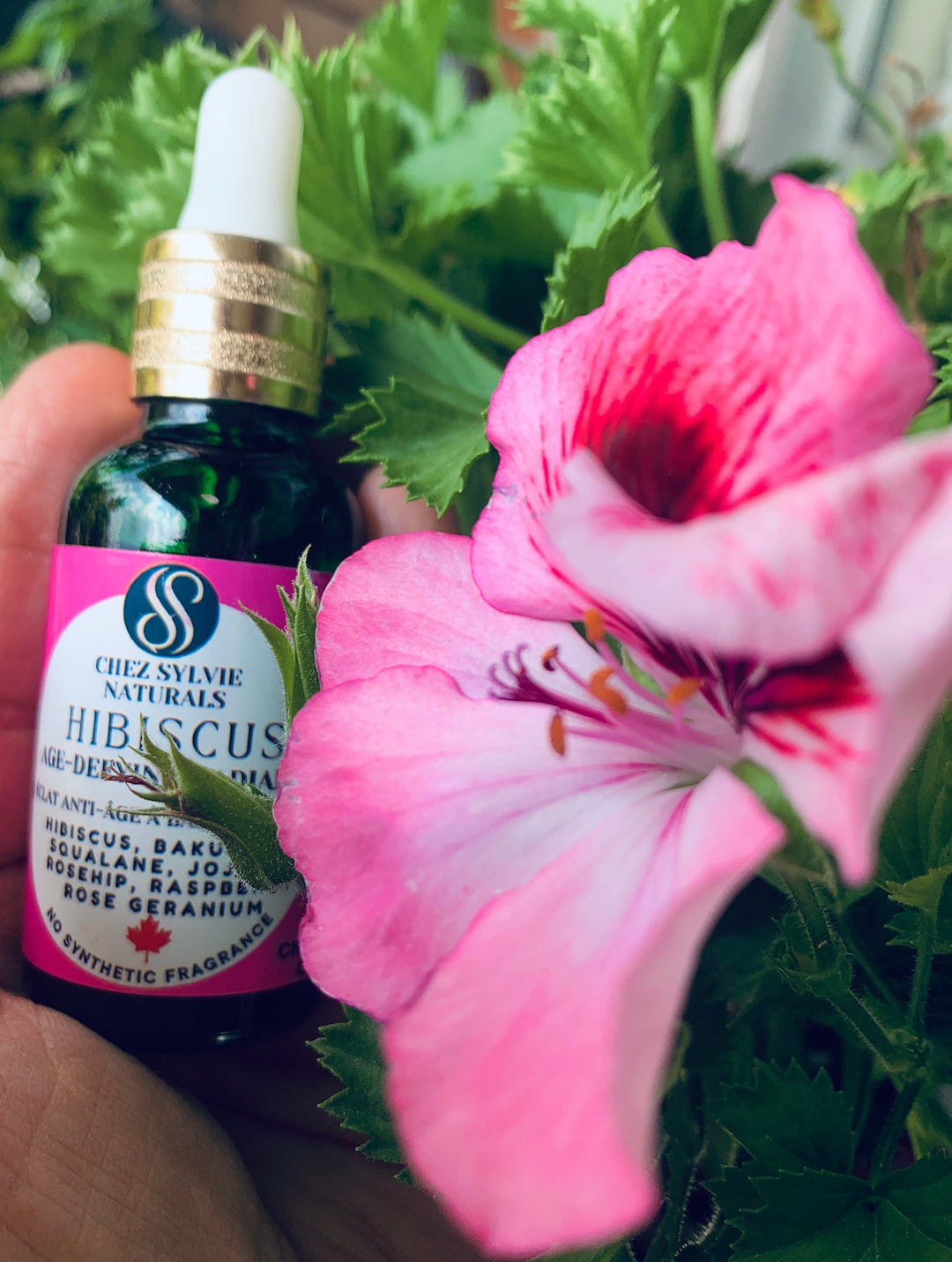What are Grade A Pure Essential Oils? These oils have not been tampered with in any form. They provide a potent, effective and convenient means to utilize the pharmacologically active constituents found in plants. Alternatively, there are mass-produced, standardized, adulterated, restructured, synthetic, improperly distilled or diluted namesakes that are sold and labelled as Essential Oils. These alternatives may not provide the desired outcome and can produce adverse effects. Authentic pure essential oils are priced high due to their quality and source..
SO HOW CAN YOU TELL The Real from the Fake?
Purchase from a reputable supplier who sells Grade A Certified Organic Certified Fair Trade. The label should list the common name of the plant, its botanical name and if applicable the variety or cheotype denoted. Example Rosemary would read as Rosmarinus officinalis ct. Look for descriptors such as ethically wildcrafted, sustainably grown, certified organic but only certified organic has a legal definition. Certified growers must follow compliance with government strict regulations.
Avoid oils marked as perfume oil, fragrance oil, scented oil, or essence of – these are descriptors for contents with synthetic & synthetic blends – these offer no therapeutic value.
TAKE THE TEST – essential oils are volatile and evaporate quickly. Spread a drop of essential oil onto a sheet of coloured paper. Wait a few hours and check it. A pure essential oil will leave no trace or a slight light stain. In contrast an essential oil containing some added fatty oils will leave a greasy stain -similar to potatoe chips residue in a bag. If it leaves a greasy mark it was most likely diluted with a filler base. Fatty oils feel greasy – essential oils do not. Rub olive oil between your fingers and notice the slippery sensation; an essential oil may initially feel a bit greasy but it actually feels more like water and absorbs quickly.









